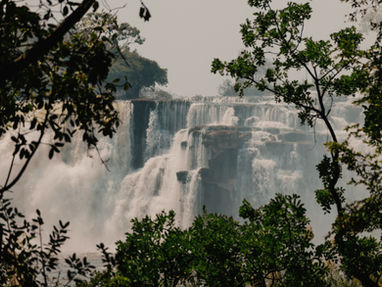1.3M
Hectares
+1.8k
Species
240
Rangers
100
Civil Personnel
About Upemba
Upemba National Park (UNP) is one of Africa’s oldest national parks. Established by royal decree in May 1939, it stretches across southeastern Democratic Republic of Congo (DRC), at the intersection of three provinces—Lualaba, Haut-Katanga, and Haut-Lomami. Biogeographically, Upemba lies at the crossroads of the Zambezian and Guinean biogeographic regions, benefiting from exceptional biodiversity with a rich and varied array of flora and fauna.
As a protected area of major ecological importance, Upemba safeguards unique ecosystems and iconic species. It serves as a refuge for the DRC’s [pure] savanna elephants, the country’s wild zebras, and the last Katanga buffalos. In the past, the park's vast expanses teemed with abundant wildlife, thriving in a fascinating ecological balance. However, successive crises in the DRC have decimated many species, pushing some—such as the black rhinoceros and large carnivores—to local extinction.
Currently, Enthusiasm and commitment have already yielded results, with new internal structures and standardized operating procedures implemented across three key areas: security, conservation, and development. Upemba aspires to emerge as a model for conservation in the DRC, Africa, and beyond.
Areas of Intervention

3
Development
With the support of various partners, Upemba is committed to developing sustainable alternatives for local communities, placing their involvement at the heart of its conservation strategy.


































